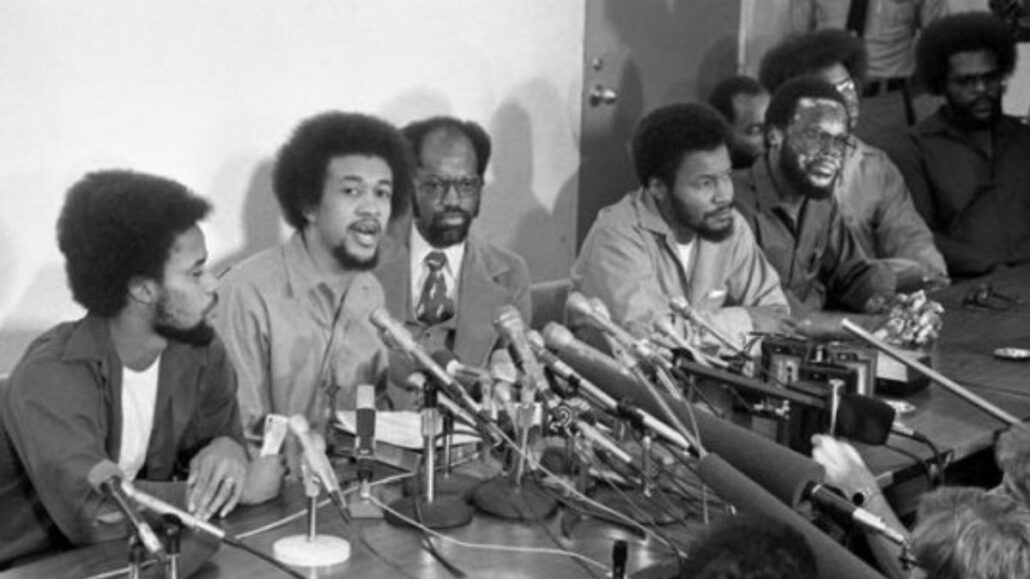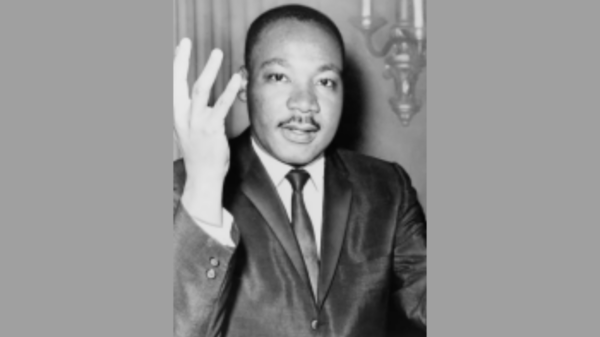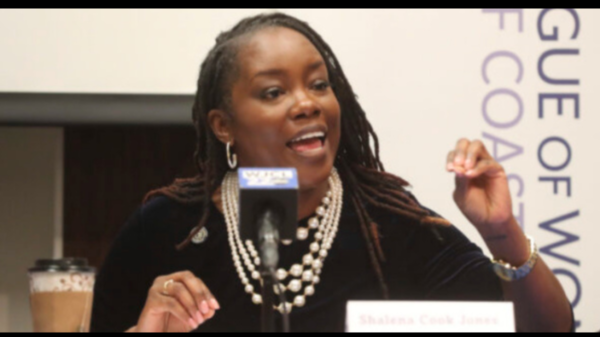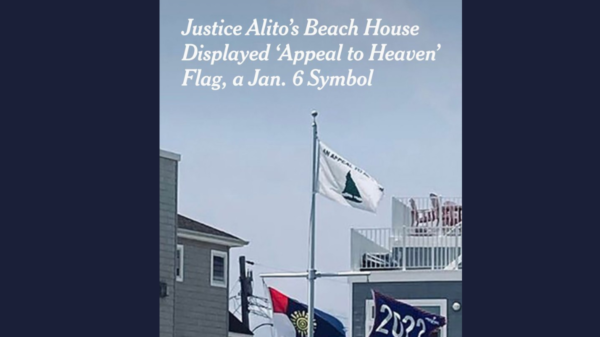The Wilmington Ten were nine young men and a woman who were wrongfully convicted in 1971 in Wilmington, North Carolina, of arson and conspiracy. Most were sentenced to 29 years in prison, and all ten served nearly a decade in jail before an appeal won their release. The case became an international cause célèbre, in which many critics of the city and state characterized the activists as political prisoners.
Amnesty International took up the case in 1976 and provided legal defense counsel to appeal the convictions.] In 1978, Governor Jim Hunt reduced the sentences of the ten defendants. In Chavis v. State of North Carolina, 637 F.2d 213 (4th Cir., 1980), the convictions were overturned by the federal appeals court on the grounds that the prosecutor and the trial judge had both violated the defendants’ constitutional rights. They were not retried. In 2012, the Wilmington Ten, including four who had already died, were pardoned by Governor Bev Perdue.
In the 1960s and 1970s, black residents of Wilmington, North Carolina were dissatisfied with the lack of progress in implementing integration and other civil rights reforms achieved by the American Civil Rights Movement through congressional passage of civil rights legislation in 1964 and 1965. Many struggled with poverty and lack of opportunity. Despair at the 1968 assassination of Martin Luther King Jr. increased racial tensions, with a rise in violence, including the arson of several white-owned businesses.
Tension increased further after the 1969 racial integration of Wilmington high schools. The city chose to close the black Williston Industrial High School, a source of community pride. It laid off black teachers, principals, and coaches, transferring students among white-majority schools. Several clashes between white and black students resulted in a number of arrests and expulsions.
On Martin Luther King Jr.’s birthday, January 15, 1971, a delegation of Black students at John T. Hoggard High School requested a memorial. The principal refused, and students began a boycott at Hoggard as well as New Hanover High School in response. On January 27, students asked Rev. Eugene Templeton from Gregory Congregational Church to use the space for meetings. As tensions escalated, the church became a safe haven and a gathering place.
In February, the United Church of Christ sent then-23-year-old Benjamin Chavis, from their Commission for Racial Justice, to Wilmington to try to calm the situation and work with the students. Chavis, who had once worked as an assistant to King, preached non-violence and met with students regularly at Gregory Congregational Church to discuss black history, as well as to organize the boycott.
In response to tensions, members of a Ku Klux Klan chapter and other white supremacist groups began patrolling the streets. They hung an effigy of the white superintendent of the schools and cut his phone lines. Street violence broke out between them and black men.
Violence continued to escalate, as a crowd of white vigilantes shot Rev. David Vaughn with buckshot outside Gregory Church on February 3, 1971. As the white vigilantes stepped up their attacks, an armed cadre joined the students. Fire bombings occurred across the city, with 20 buildings going up in flames between February 5th and the end of the month.
On February 6, 1971, Mike’s Grocery, a white-owned business, was firebombed. Firefighters responding to the fire said they were shot at by snipers from the roof of the nearby Gregory Congregational Church. Chavis and several students had been meeting at the church, which also held other people. The neighborhood erupted in rioting that lasted through the next day, in which two people died.
The North Carolina governor called up the North Carolina National Guard, whose forces entered the church on February 8 and removed the suspects. The Guard claimed to have found ammunition in the building. The violence resulted in two deaths, six injuries, and more than $500,000 (equivalent to $3.6 million in 2022) in property damage.
Chavis and nine others, eight young black men who were high school students, and an older, white, female anti-poverty worker, were arrested on charges of arson related to the grocery fire. Based on testimony of two black men, they were tried and convicted in state court of arson and conspiracy in connection with the firebombing of Mike’s Grocery.
The “Ten” and their sentences:
- Benjamin Chavis (age 24) – 34 years
- Connie Tindall (age 21) – 31 years
- Marvin “Chilly” Patrick (age 19) – 29 years
- Wayne Moore (age 19) – 29 years
- Reginald Epps (age 18) – 28 years
- Jerry Jacobs (age 19) – 29 years
- James “Bun” McKoy (age 19) – 29 years
- Willie Earl Vereen (age 18) – 29 years
- William “Joe” Wright, Jr. (age 19) – 29 years
- Ann Shepard (age 35) – 15 years
At the time, the state’s case against the Wilmington Ten was seen as controversial both in the state of North Carolina and in the United States. One witness testified that he was given a minibike in exchange for his testimony against the group. Another witness, Allen Hall, had a history of mental illness and had to be removed from the courthouse since he recanted on the stand under cross-examination.
Each of the ten defendants was convicted of the charges. The men’s sentences ranged from 29 years to 34 years for arson, which was considered severe punishment for a fire in which no one had died. Ann Shepard of Auburn, New York, 35, received 15 years as an accessory before the fact and conspiracy to assault emergency personnel.
The youngest of the group, Earl Vereen, was 18 years old at the time of his sentencing. Reverend Chavis was the oldest of the men, at 24.










You must be logged in to post a comment Login